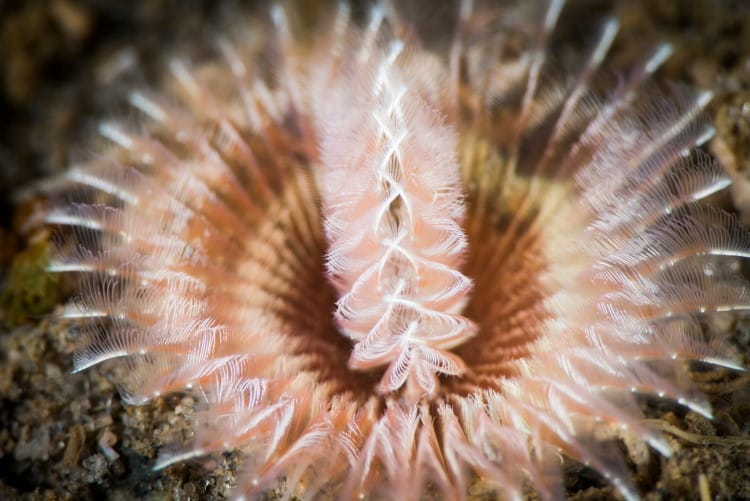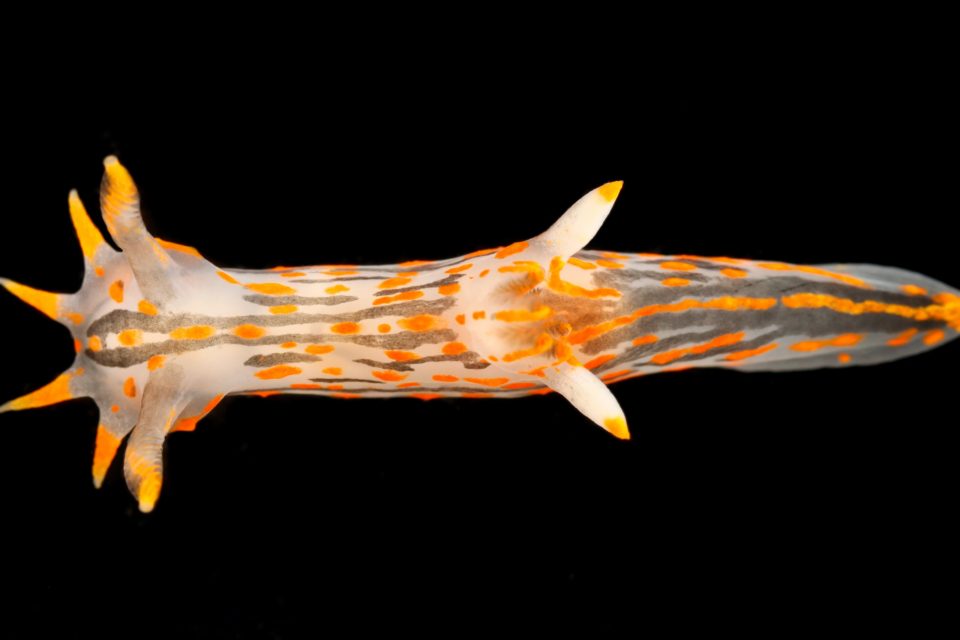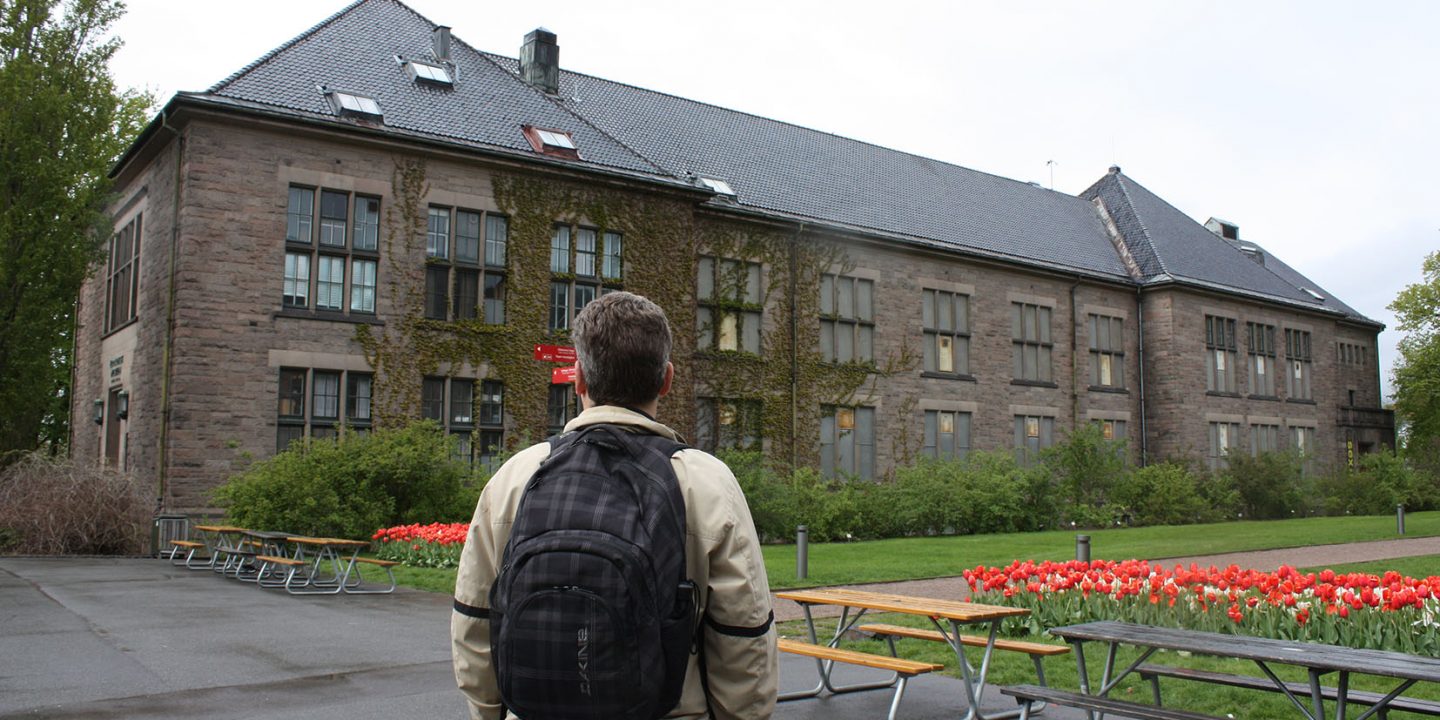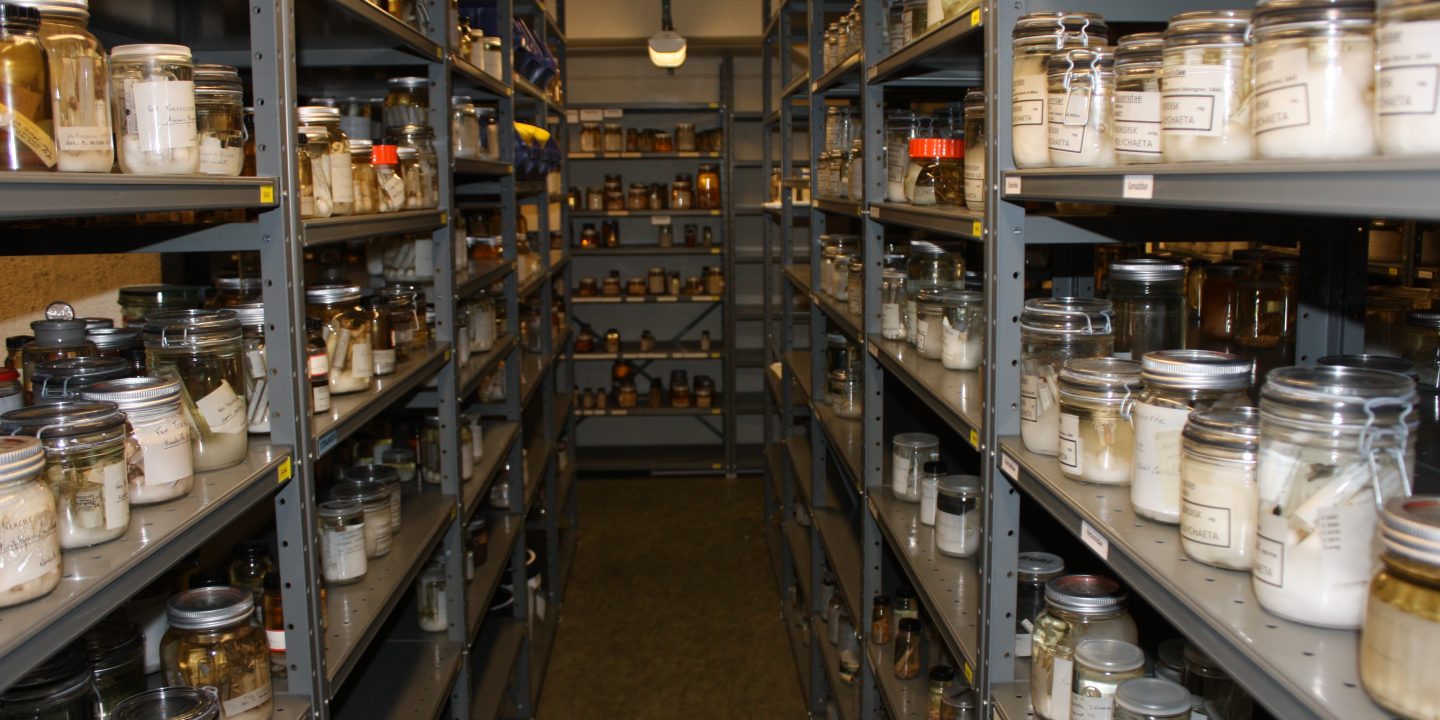

This month, I wish to present a very beautiful invertebrate phyla, namely Phoronida – also known as Horseshoe worms. The phylum is fairly small, with 13 recognized living species, divided into two genera; Phoronis and Phoronopsis. They are found within the phylogenetic grouping of Lophotrochozoa, more specific […]

Group of the month: Gregarisina
For this month’s group, I’m presenting you one of the three groups I am working with here at CEG group, the gregarines (Gregarisina, Apicomplexa). I got to know this group during my PhD research and I grew fond of them as study system for marine symbiosis. Gregarines are […]

Månedens gruppe: Loricifera
I månedens gruppe i april tar vi for oss en hel fyla!Loricifera er en av de nyere gruppene, og ble først oppdaget i 1983. Siden den gang har 44 arter blitt navngitt, fra Frankrike til Antarktis og Japan, og flere oppdages hvert år. Jeg skrev en artikkel om […]

Group of the month: Loricifera
For April’s group of the month, we’re tackling a whole phylum! As phyla go, Loricifera are one of the newer kids on the block, having been first discovered in only 1983. Since then, 44 species have been named, ranging from France to Antarctica to Japan, and more are […]

Group of the month: Onchidioidea
Today I’m going to be talking about some cute little slugs, the Onchidioideans. These pulmonate, that is, lung-bearing, gastropods are ubiquitous across the Atlantic and Pacific coastlines, favoring the intertidal. What makes so many gastropods so interesting is their torsion, the rotational steps they undergo during development resulting […]

Group of the month: Nudibranchs
This month, I would like to present something different from my usual worms: the nudibranchs (order nudibranchia), otherwise known as sea slugs. They are not an organism I have ever studied or worked with, but I encounter them regularly while looking for worms. And one thing I particularly […]

Stories from Slime Eels: How the Hagfish Helps Us Understand Humans
Hagfish, or “Slime Eels” (Slimåler in Norwegian, helpfully), are a group of deep-sea living fish that are most famous for the truly apocalyptic amounts of slime they can release when disturbed. In South Korea, they are eaten as a delicacy (and they are very nice – a bit […]

Group of the month: Dinophilidae
The group of the month I would like to introduce to you today is a group I have a close personal connection with. The group goes back a long way with me. I will present you the annelid family Dinophilidae. After my Diploma thesis (today Master thesis) on […]

Månedens gruppe: Dinophilidae
Månedens gruppe jeg vil presentere for dere i dag, er en gruppe jeg har et nært personlig forhold til. Gruppen har en lang historie for meg. Jeg vil presentere familien til Annelida Dinophilidae. Etter å ha skrevet diplomoppgave (i dag masteroppgave) om proteiner i et virus relatert til […]

New year – new name; FEZ is now CEG
As written in our last blog of the advent calendar, we had many changes already last year with a new group leader and a new group webpage, which we is still develop further this year. However, another change becoming effective this year is that we change the name […]







